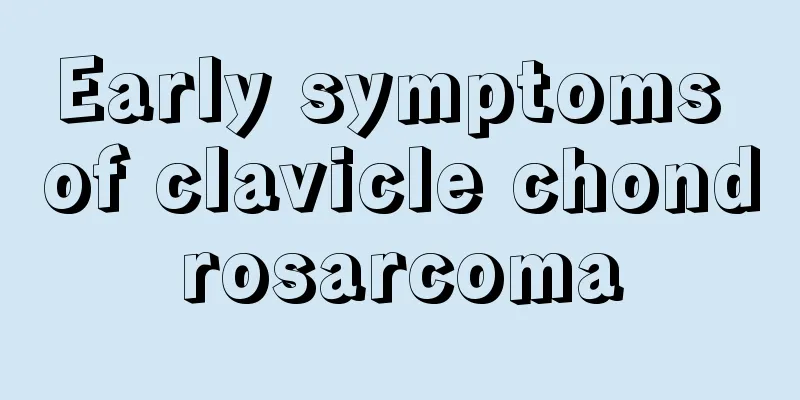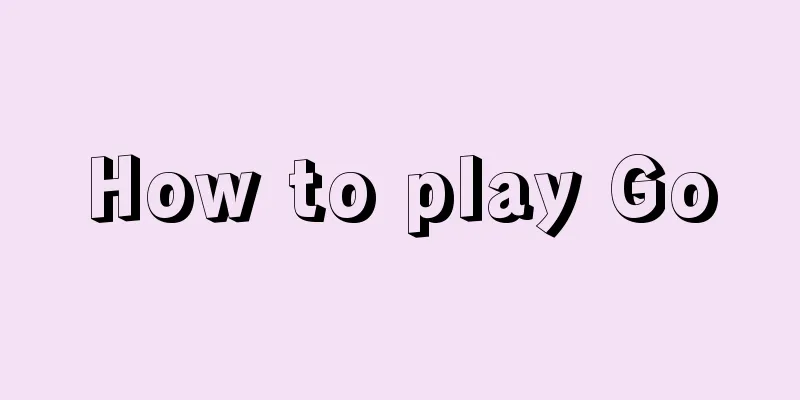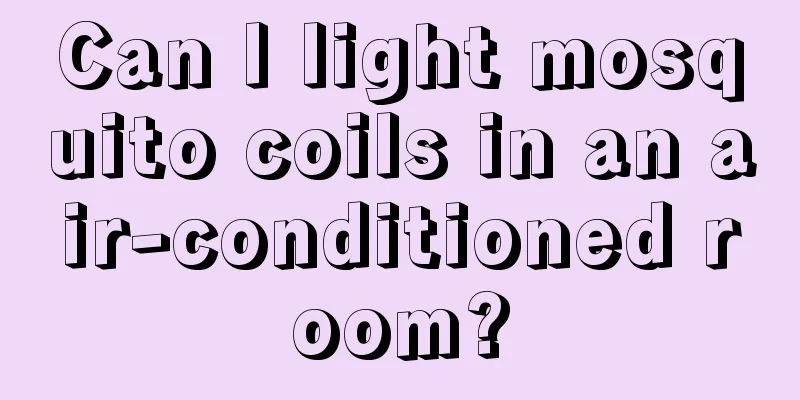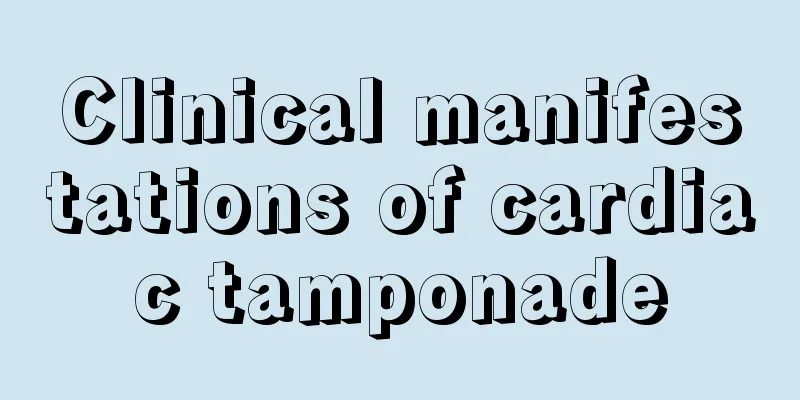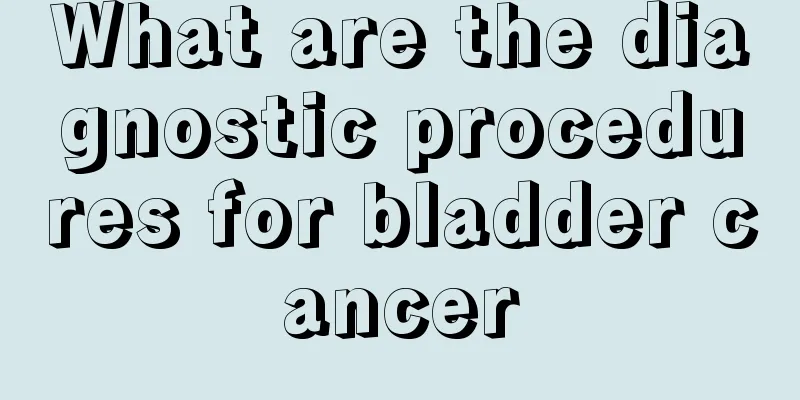What to do if a ligament is torn? It turns out there are four emergency treatment methods
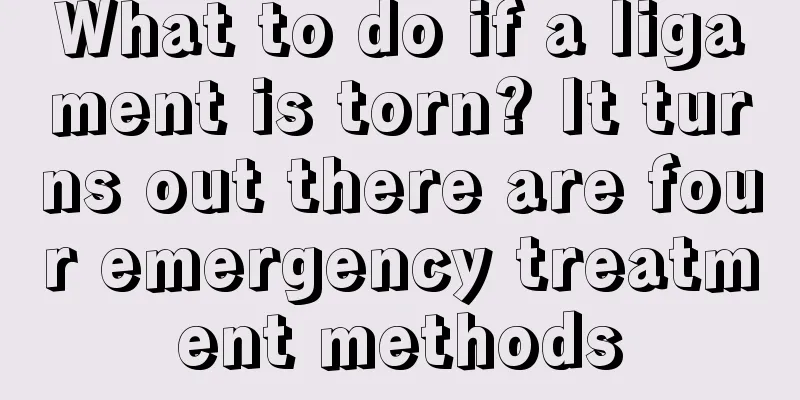
|
In daily life, many injuries can cause ligament tears. If not treated in time, it will greatly affect the patient's recovery. So what emergency care should be provided after a ligament tear? In fact, there are four methods. First of all, you must stop exercising immediately, rest more, and do not aggravate the injury. 1. What to do if the ligament is torn 1. Rest Stop exercising immediately, rest more, and do not put weight on the injured joint. 2. Cold compress Ice or other cold compresses can help reduce pain and swelling because lowered temperature reduces blood circulation. Apply cold compress for 15 to 20 minutes at a time, three to four times a day. 3. Oppression Applying pressure to the injured area with a bandage or other methods can reduce bleeding and bruising. The bandage should be just tight enough that you can feel the pressure but not enough to cause numbness or ischemia in your extremities. 4. Elevate the affected limb If a ligament tear occurs, the affected limb should be elevated to reduce swelling and promote blood flow. 2. Ligament tear symptoms The main clinical manifestations of interspinous ligament injury include obvious history of trauma, low back pain immediately after the trauma, pain and tenderness located in the middle between the two spinous processes, and the pain is aggravated by heavy pressure. The pain may worsen after exertion or when bending over, and may be temporarily relieved after rest. After novocaine blocks the local pain point, the pain is temporarily relieved, and the tenderness remains the same after the drug effect disappears. The lumbar flexion function is limited. After the pain point is blocked, a lateral radiograph in the lumbar spine in flexion may show widening of the interspinous space, and lumbar interspinous ligament angiography may reveal partial rupture, complete rupture, relaxation or perforation. Although lumbar interspinous ligament angiography has a certain reference value, the incidence of normal angiography is as high as 70%. How to treat ligament tear How should ligament tear be treated? What are the methods for treating ligament tear? Let's take a look at it together. 1. Fixed The damaged joint is immobilized in a functional position using a splint or cast. For minor injuries to the lateral ligament of the ankle joint, functional exercises can usually be performed after 3 days, while for severe cases with bone fractures, it will take at least 2-4 weeks. 2. Drug treatment Generally, local dressing or spray is used. If the injury is serious, you can take painkillers and hemostatic drugs orally. 3. Acupuncture Acupuncture treatment is not limited by the duration of injury, so the treatment is more flexible. 4. Massage and physical therapy Generally, treatment should not be given within 24-48 hours after the injury to prevent further swelling or bleeding. 5. Functional exercise Functional exercises can be performed after the swelling disappears and the pain is relieved in the later stages of the injury. In the early stage, passive methods are used, such as passive flexion and extension, rotation, and stretching within the range of joint motion, combined with massage for better results. Generally, treatment can be started after the swelling disappears and the pain is relieved, which can better reduce and loosen adhesions. In the later stage, actively perform functional activities of the joints. It is important to proceed step by step and slowly increase the amount of activity so as not to cause swelling or sudden worsening of pain. When the symptoms have completely disappeared, appropriate strength exercises should be performed to restore the elasticity of the healed ligaments and fully restore their function. Functional exercise is a critical part of later treatment. When the injury has not healed, it should not be interrupted hastily, because it can easily turn into old ligament injury. After long-term accumulation, complications such as adhesion, hyperplasia, calcification, and joint ligament relaxation will occur, causing long-term pain and inconvenience to patients. |
<<: What are the treatments for acute viral myocarditis
>>: I have been having a dull stomach ache lately. What's going on?
Recommend
Postoperative care for bladder tumors should not be taken lightly
Patients with bladder tumors are almost always tr...
Best Diet for Endometrial Cancer
What should you eat for endometrial cancer? Surge...
What are the dangers of high potassium permanganate concentrations?
In life, everyone is familiar with potassium perm...
What does droopy eyes look like
Drooping eyes are also a common manifestation. Dr...
What causes the peeling of the glans?
Peeling of the glans is a symptom for men, and ma...
Liver cancer treatment tends to be comprehensive treatment
Treatment has made the slowest progress in liver ...
Pay attention to the following 4 points when taking nasopharyngeal carcinoma seriously
Nasopharyngeal carcinoma seriously affects the ph...
If you find these 4 abnormalities during defecation, you may have a tumor in your intestine and need to be treated in time
The large intestine is part of the human digestiv...
How to fold a shirt
A shirt is mainly a top worn inside a suit, and c...
The old man's tongue blistered and he delayed for 2 months to find out that he had tongue cancer and had half of his tongue removed
The ulcer at the root of the tongue lasted for tw...
How to remove scale from an electric kettle
How to quickly remove the scale in the electric k...
Why is it easy to have low blood sugar in summer
For people who are prone to hypoglycemia, they wi...
How much does it cost to treat a pituitary tumor?
How much does it cost to treat a pituitary tumor?...
Feeling dizzy all day long
We always encounter things like this or that in o...
My eyes hurt and I can't open them and they are crying. What's going on?
Eye pain is related to many factors, and many peo...



